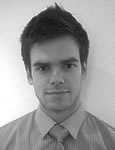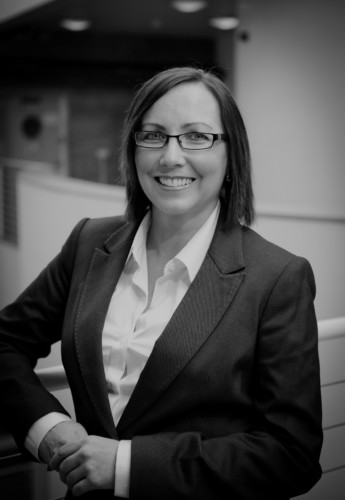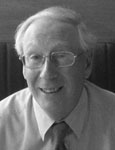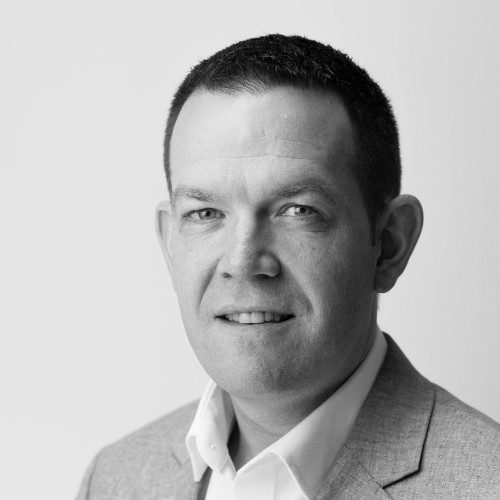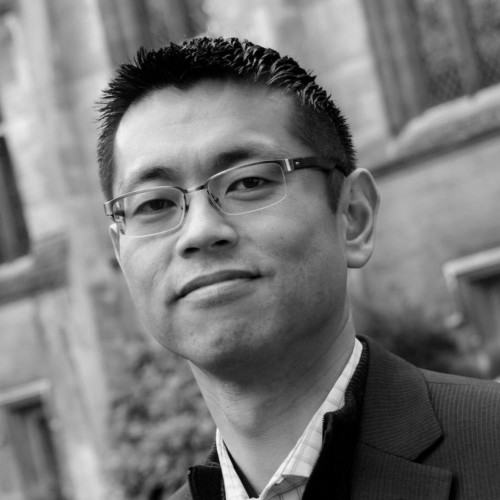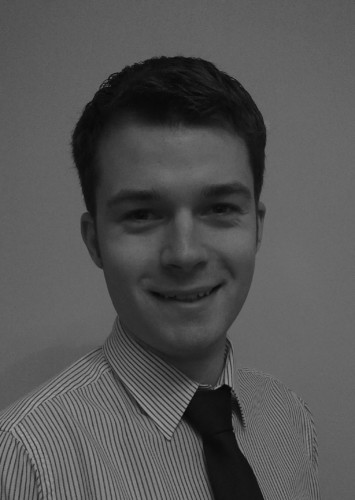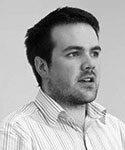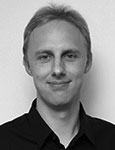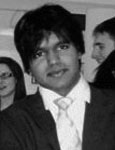
William Addison
William Addison obtained a first class degree in Mathematics at Cambridge University. He graduated in 2002 and became an employee of QinetiQ. He has since worked on Bayesian information processing algorithms for applications such as tracking, pattern recognition and signal processing. His interests also include the development of software to aid the development and application of novel algorithms.
William Addison became the first ERAF Industrial Fellow of the Royal Commission for the Exhibition of 1851 in 2005. His fellowship project is in the area of blind signal separation, and is a collaboration between QinetiQ and Oxford University Department of Engineering Science. Applications of the research include separating out sources of activity from within the brain from EEG recordings and estimating directions of arrival of incoming signals received by a sensor array.



